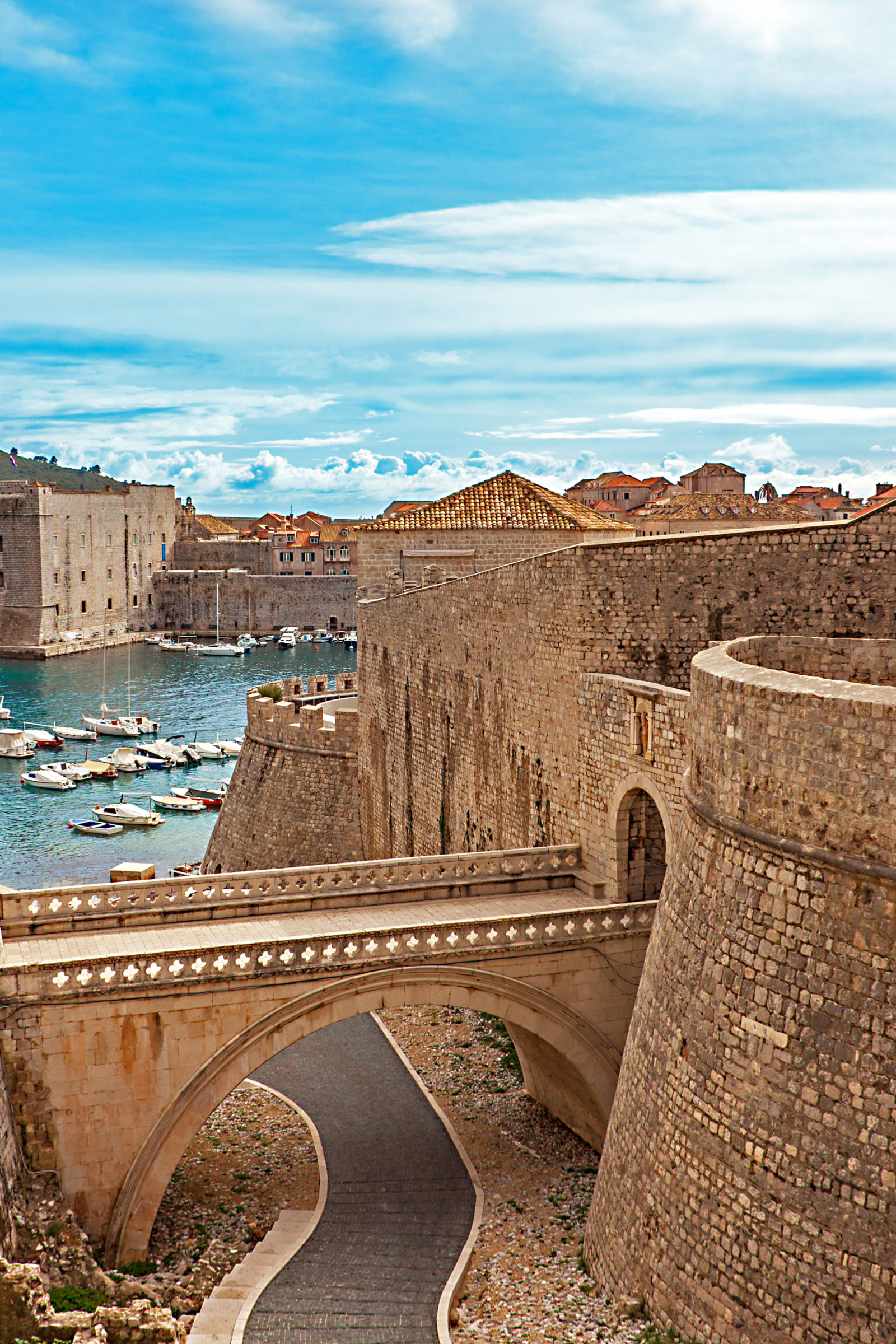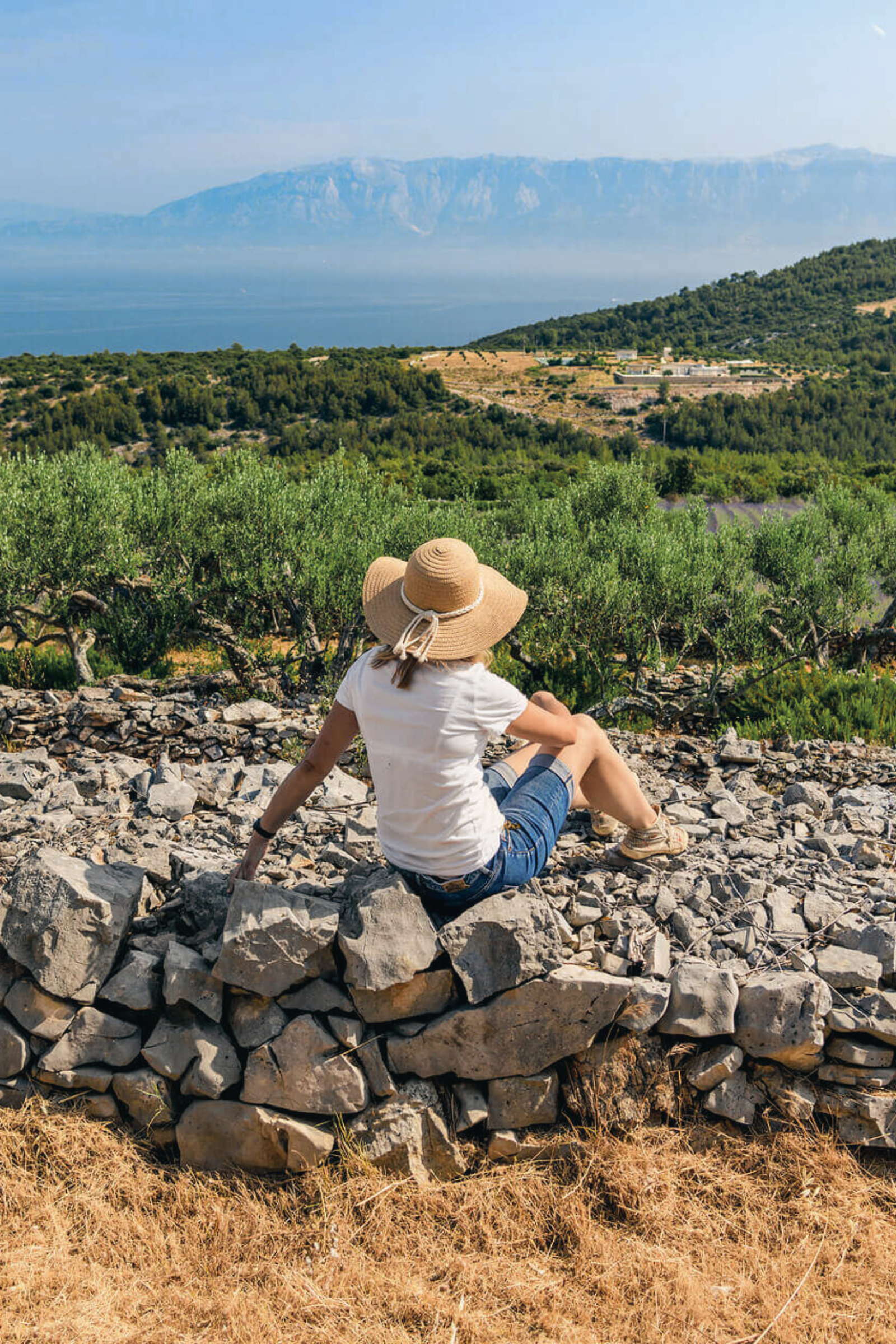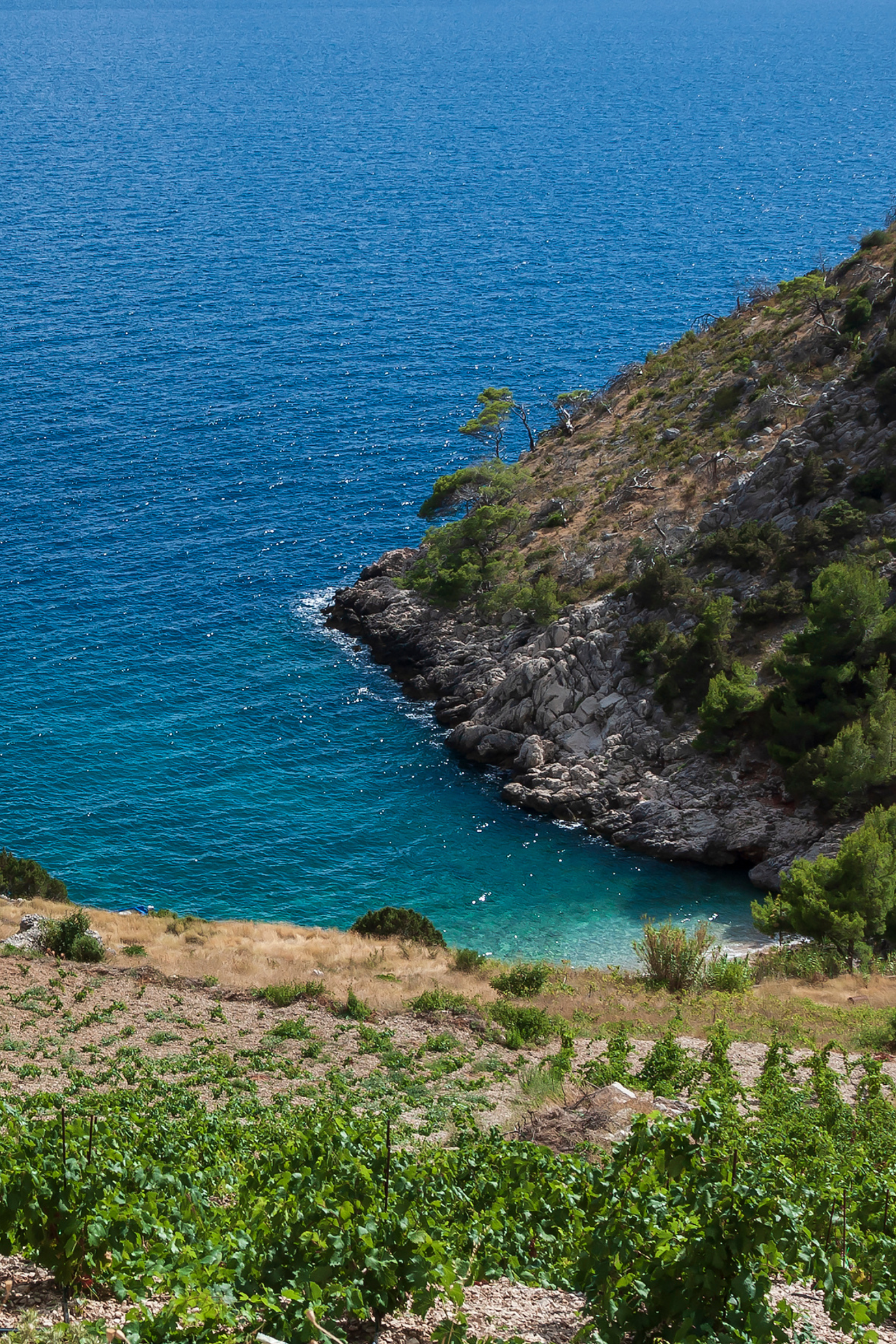What to Do on Hvar: 3 Incredible Itineraries
Hvar is small, but it doesn’t lack for things to do. Although the entire island is just three-fifths the size of Prague and has less than 1% as many residents, Hvar feels bigger than it is. There are so many facets to the island that you could spend a lifetime here (like us!) and still only scratch the surface. But these three, day-long itineraries will help you get the most out of even a brief visit.
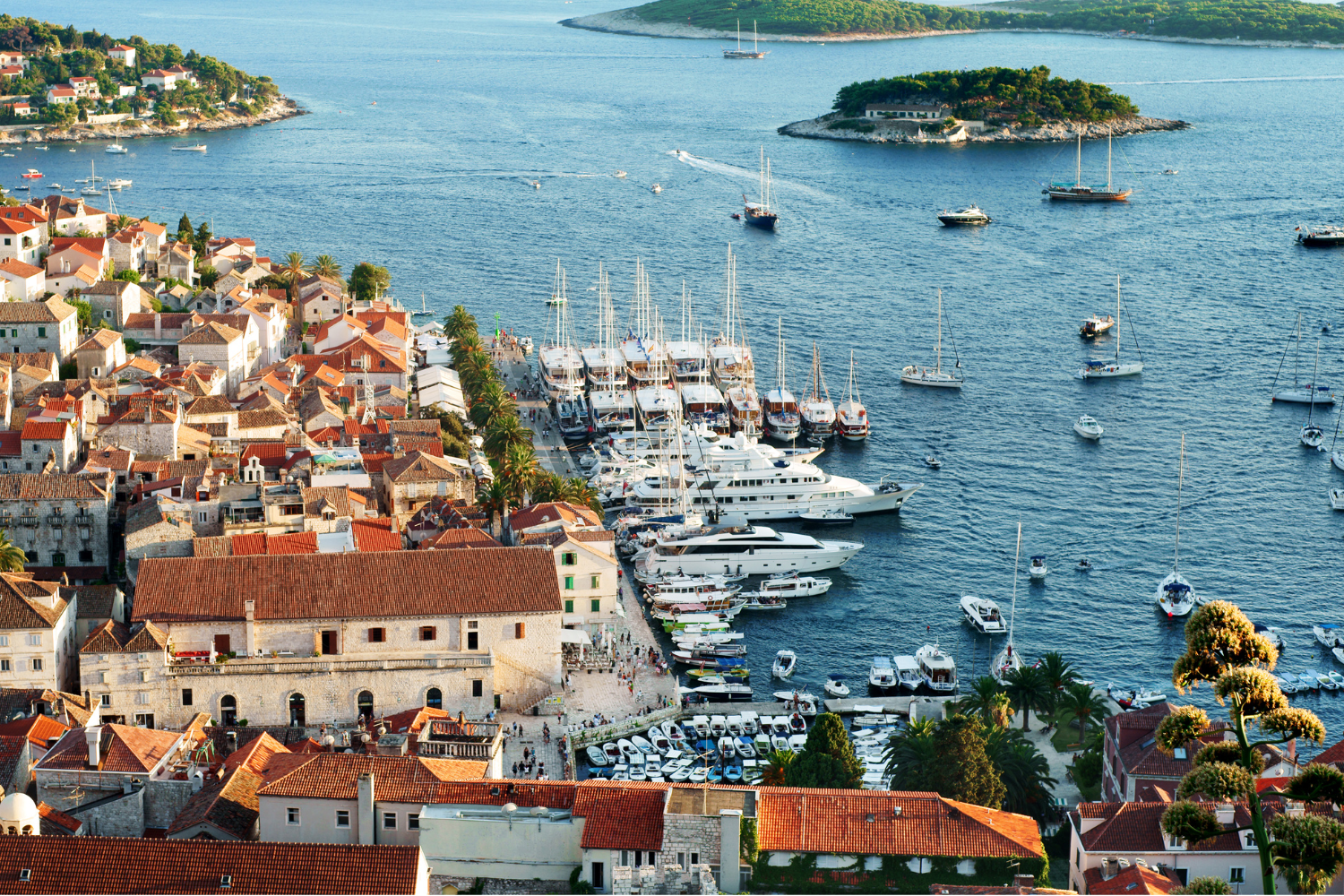
Hvar Food and Wine Tasting Tour
Tour Stari Grad Plain, a timeless landscape of sustainable agriculture
Start the day with a visit to the stunning Stari Grad Plain, a UNESCO World Heritage Site and one of the oldest agricultural landscapes in the world. Take a laid back bike ride through the fields, admiring the beautiful vineyards, olive groves, and fruit orchards. This entire landscape looks almost exactly as it did 2,400 years ago when Greeks from the island of Paros colonised the island and divided the Ager (from the Greek αγρός for field) into huge estates. If you want to know what all of this history tastes like, get in touch with OPG Pina, which cultivates 100% organic, bee-friendly, and biodiverse vineyards and orchards.
Get to Know Hvar’s Winemakers
Hvar produces a number of wine varietals, including a few indigenous cultivars that are only grown on the island. The most intense reds come from the precipitous slopes of the island’s south side, where vines are exposed to double solar radiation from Hvar’s many days of sunshine and the sun’s reflection off the sea. These vineyards are too dizzyingly steep to allow for use of most modern technology – so as you sip, pause and consider the toil that went into every drop!
Be sure to stop by Jelsa for a private tasting in Ivo Duboković’s candlelit cellar. Building on centuries of family wine-making tradition, Duboković makes natural wine – that is wine grown organically and fermented without additives – and he engages with the process as a scientist and artist, using wine as a medium to explore flavours and possibilities, while sampling the results of hundreds of past experiments.
We also love Vinarija Plančić in Svirče. The setting is delightfully casual, but the wines are anything but. The Plančić cousins are true wine obsessives, deeply committed to the craft and capable of building phenomenal wines from the ground up.
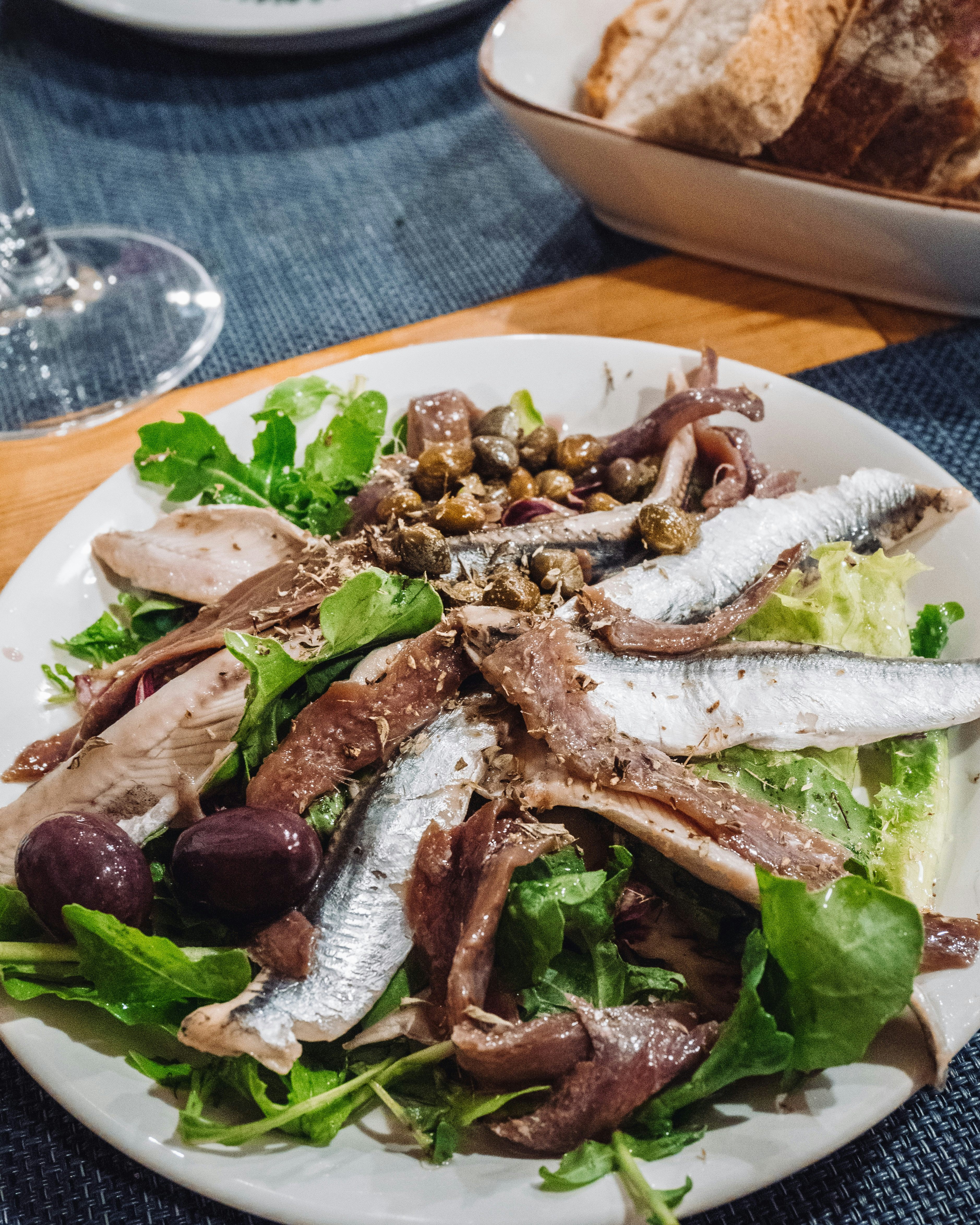
Sample the Local Seafood
No visit to Hvar is complete without a first-rate seafood dinner. Dalmatian cuisine prepares fish simply – with just olive oil and a garnish of garlic, lemon, and parsley – to let the incredible flavour and texture shine through. Don’t expect to find maple-glazed salmon or tuna with mango salsa here. For truly local, wild-caught fish – and it really is a different food – head over to Kod Barba Luke. Long a standby of the in-the-know sailboat and yachting crew, Kod Barba Luke is the place for anything from the sea. Unfortunately, many other restaurants, even high-end ones, import their fish from distant waters.
Hvar Adventure and Nature Tour

Take in a Soaring View from the Via Ferrata
The Via Ferrata on Hvar, which means "iron way" in Italian, is a climbing route that is equipped with steel cables, metal rungs, and other fixed anchors to aid climbers in ascending or traversing a rock face.
The Via Ferrata on Hvar is located on the island's highest peak, St. Nicholas (Sv. Nikola), which soars 626 metres above sea level. The route starts from the town of Sveta Nedjelja and involves a steep climb up the mountain, using a series of ladders, metal rungs, and ropes to navigate the rocky terrain.
With stunning views of the surrounding landscape and the Adriatic Sea, the Via Ferrata is a perfect attraction for adventure seekers and outdoor enthusiasts. Proper safety equipment, including a helmet and harness, is essential and available for rent. Likewise, guided tours are offered for the less sure of foot.
Kayak to the Pakleni Islands from Hvar Town
The Pakleni islands are a group of small islands located just off the coast of Hvar, and they are known for their beautiful beaches, crystal clear waters, and secluded coves.
Kayaking to the Pakleni islands is a popular activity for visitors to Hvar who enjoy outdoor adventures and water sports. There are several tour operators on Hvar that offer guided kayak tours to the islands, as well as kayak rentals for those who prefer to explore on their own.
The kayaking trip from Hvar town to the Pakleni islands typically takes around 30-45 minutes, depending on the conditions of the sea. Along the way, kayakers can enjoy stunning views of the coastline and the islands, as well as the chance to spot marine life such as dolphins and sea turtles. Once you arrive at the Pakleni islands, there are plenty of beaches and coves to explore, and you can take a break to swim, sunbathe, or enjoy a picnic on the beach.
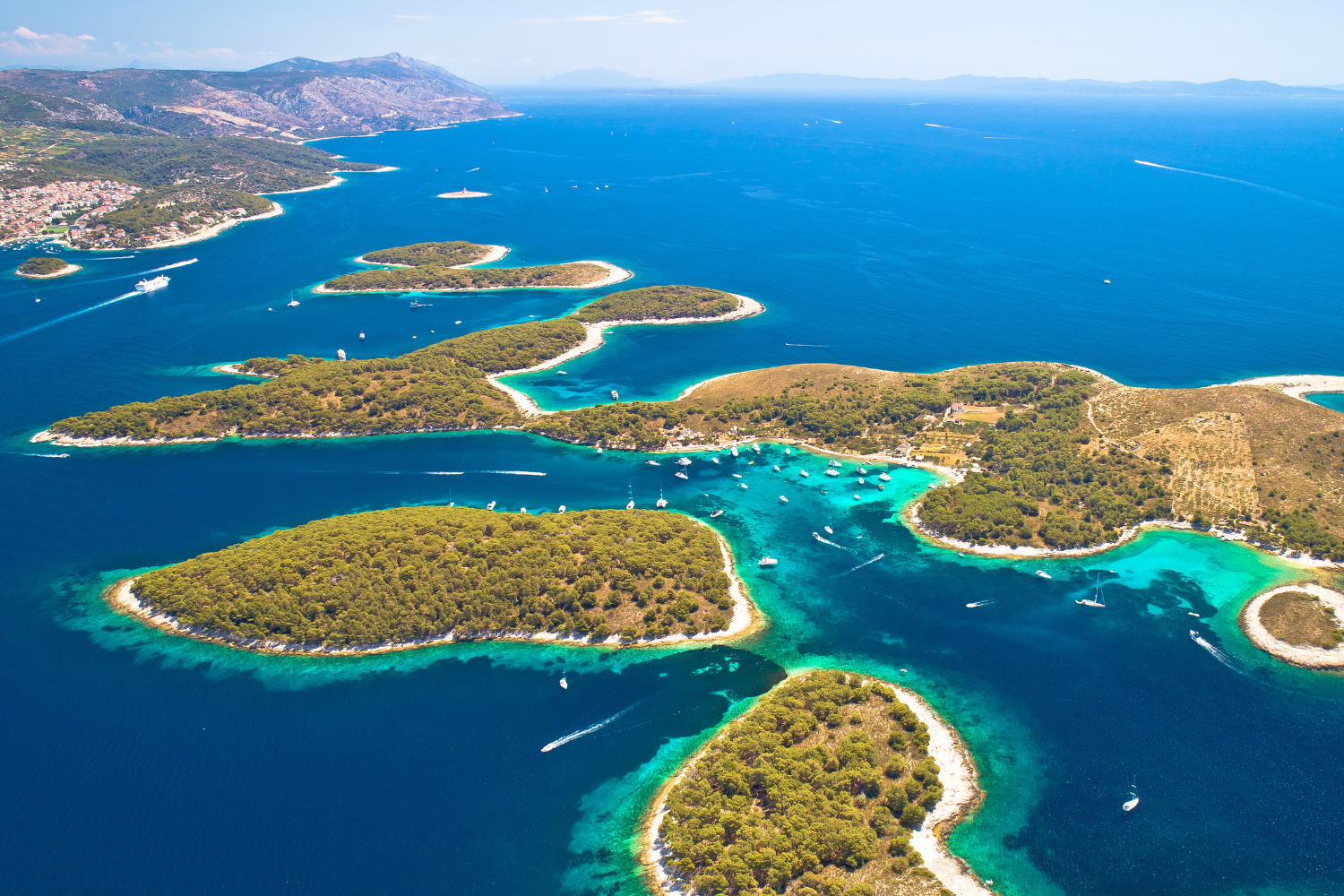
Pakleni Islands
Star-Gazing in a Dark Sky Preserve
Eighty percent of Europeans cannot see the Milky Way from where they live due to light pollution. That is not the case on Hvar. In fact, the island became home in 2022 to the first Dark Sky Preserve in southern Europe, established to protect the island's night skies from light pollution. To support the effort, the Municipality of Jelsa has installed shielding in 82% of its public lights. You can enjoy the sparkling constellations from almost anywhere on the island, but the preserve is managed by the Hvar Observatory, which is located on the island and is part of the University of Zagreb's Faculty of Geodesy.
The Dark Sky Preserve on Hvar is a popular destination for stargazers and astronomy enthusiasts, as well as for tourists who are interested in experiencing the island's natural beauty at night. From Jelsa, visitors can take guided tours, attend stargazing events and lectures, and learn about the importance of preserving the darkness of the night sky. The preserve is also a valuable resource for scientists and researchers who study astronomy and the natural environment.
Hvar Culture and History Tour
Layer upon layer of history makes the island of Hvar one of the most culturally rich destinations in all of Croatia. In fact, it has the most UNESCO Heritages of any island in the world: six, including the intangible heritages of traditional Klapa singing and the Mediterranean diet
Dive into Hvar’s Past
With nearly nine millennia of documented human habitation, Hvar has many, many stories to tell. Start your journey in two of the island’s most historic towns.
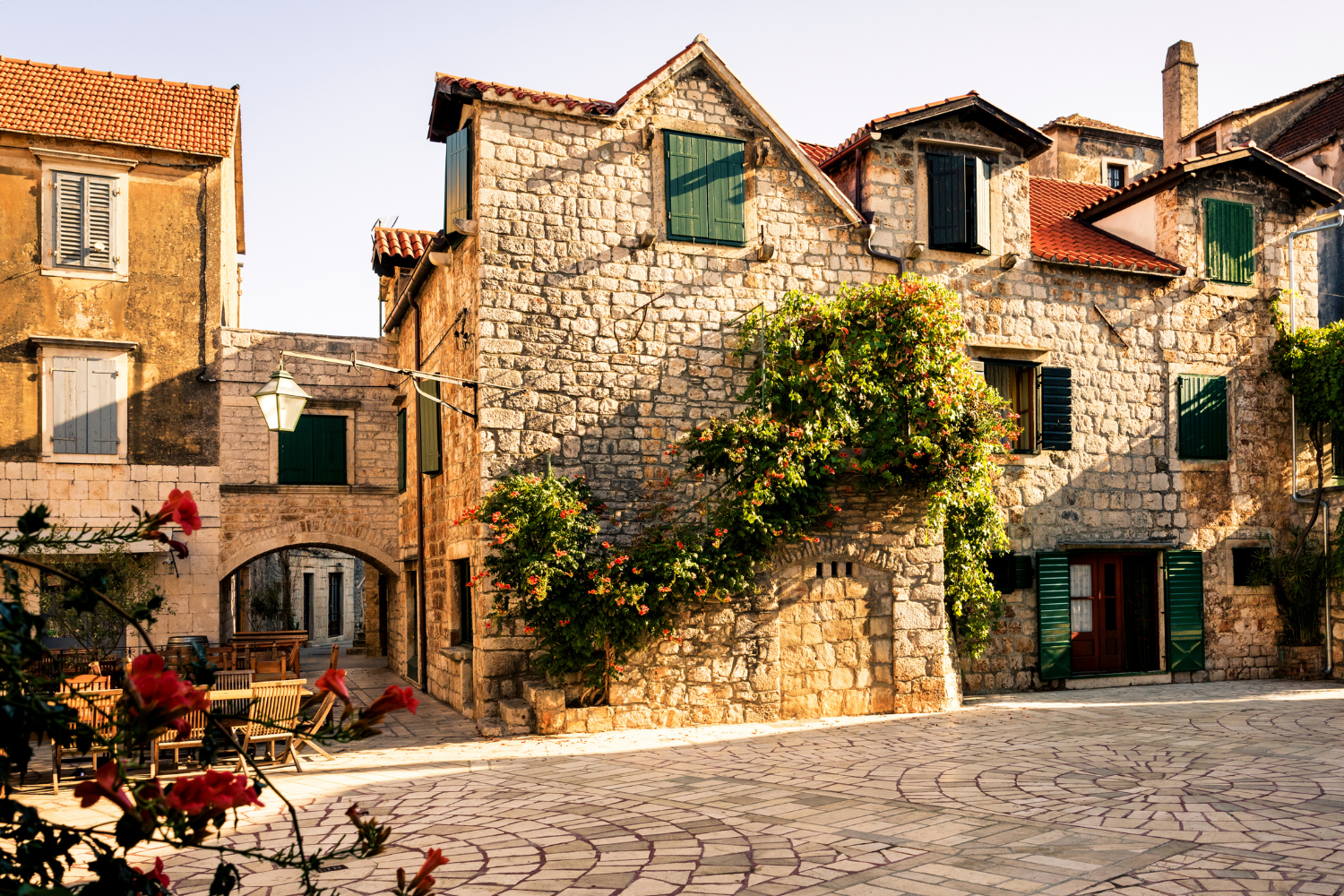
Stari Grad
Stari Grad, which in Croatian just means “Old Town”, is in fact the oldest town on the island, founded by the ancient Greeks in the 4th century BC, and settled before that by Illyrians and now forgotten prehistoric tribes.
One of the main attractions of Stari Grad is its well-preserved historic centre, which features narrow streets, stone houses, and ancient buildings such as the Tvrdalj Fortress and St. Stephen's Church. The town's main square, the Pjaca, is also a popular spot for visitors, with numerous cafes and restaurants offering local cuisine and wines.
Stari Grad is surrounded by beautiful countryside, with rolling hills, vineyards, and olive groves. The town is located close to several beaches, including the pebble beach at Lanterna and the sandy beach at Maslinica.
The town is also known for its cultural events, including the Stari Grad Summer Festival, which features music, theatre, and dance performances, as well as exhibitions of local art and handicrafts. The town is also home to several museums, including the Stari Grad Museum, which displays artefacts from the town's ancient Greek and Roman past.
The Fortress of Petar Hektorović // Tvrdalj Petra Hektorovića
Petar Hektorović (1487-1572) was a Croatian poet, writer, and humanist, best known for his famous work Ribanje i Ribarsko Prigovaranje (Fishing and Fishermen's Conversations), which is considered one of the most important works of Croatian literature from the Renaissance period.
Hektorović was born into a noble family and received a humanistic education, which he furthered during his travels throughout Italy. He was an important figure in the cultural life of the island of Hvar, where he served as governor and played a key role in the construction of the fortress on the island.
Fishing and Fishermen's Conversations is a pastoral poem in which Hektorović describes a fishing trip he took with his friends. Through their conversations, he explores themes of love, friendship, morality, and the natural world. The work is notable for its use of the Croatian language, which was still in its early stages of development at the time, and for its incorporation of elements of local dialects and folk traditions.
Hektorović's other works include poems, letters, and a travelogue describing his pilgrimage to the Holy Land. He is regarded as one of the most important figures in the development of Croatian literature and culture during the Renaissance.
You can visit the Tvrdalj (or Fortress in English) that Hektorović built in the 16th century. A fortified Renaissance castle, the Tvrdalj expresses a humanistic sensibility. In addition to practical necessities of a dangerous era – walls up to three metres thick – the Tvrdalj is also notable for its garden, which features a central pool, stocked with edible fish, and a large potager shaded by an extensive pergola. In addition, the structure is dotted with Petar’s maxims for a life full of virtue and enjoyment.
Hektorović himself lived in the Tvrdalj until his death in 1572, and the castle remained in his family's possession until the 19th century. Today, the Tvrdalj is open to visitors as a museum, with exhibits on Hektorović's life and work, as well as on the history and culture of Stari Grad and the island of Hvar, but local residents still live in the upper chambers of this historic building.
Entrance is inexpensive and the Tvrdalj is typically open from 10am to 1.30pm, and from 5pm to 8pm, in the summer months.

The Fortress of Petar Hektorović
Stari Grad Museum
The Stari Grad Museum is housed in a former palazzo just steps from the Tvrdalj in Stari Grad’s historic centre. As you might expect, it is dedicated to the cultural and historical heritage of Stari Grad and the island of Hvar. While small, the museum has been beautifully curated and its collections, which cover a wide range of topics, including archaeology, history, ethnography, and natural history, offer a brief but powerful overview of Hvar’s many layers of civilization. Exhibits include artefacts from the Greek and Roman periods, as well as exhibits on the history of the town and island during the Middle Ages and the Renaissance.
Some of the highlights of the museum's collections include a collection of Roman glassware, pottery, and mosaics, as well as a collection of ancient coins. But the museum also features modern and contemporary artists who were born or grew up in Stari Grad. We are particularly fond of the works of Juraj Plancic (1899-1930), an Impressionist painter who studied in Paris, but died too young of tuberculosis, and of the gifted illustrator and cartoonist Magda Dulčić (1965-2016).
Discover Hvar Town’s Dramatic History
In the afternoon, explore the Renaissance drama of Hvar Town, which reached its zenith under Venetian rule and still shows many traces of its polyglot, cosmopolitan past as a centre for Adriatic trade.
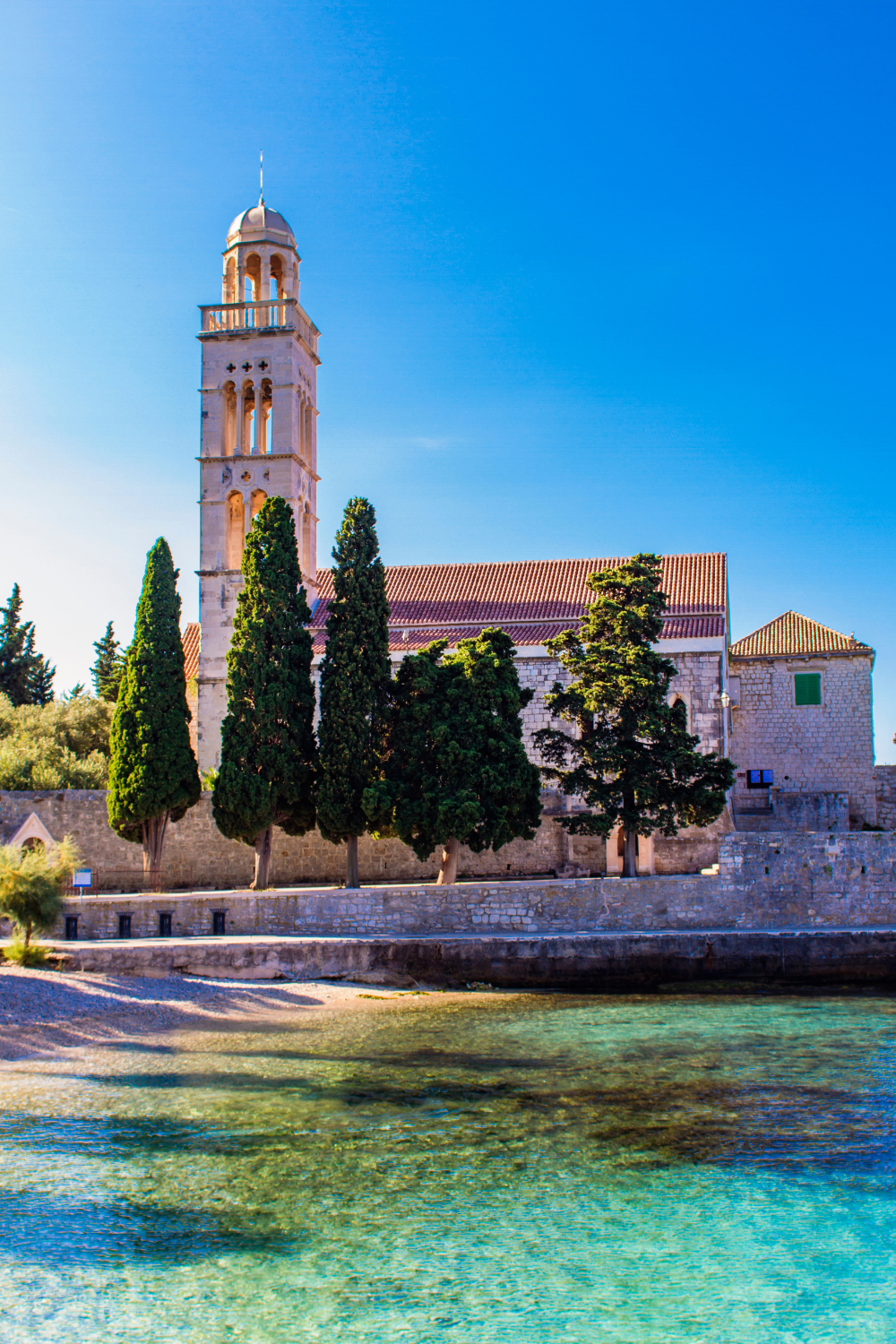
Hvar's Franciscan Monastery
Hvar’s Franciscan Monastery
Situated on the western edge of Hvar Town, start your walk at the Franciscan Monastery. Founded in the 15th century, the complex includes a beautiful cloister, a library, a museum, and several other buildings. The church is dedicated to the Assumption of the Virgin Mary and features an impressive Baroque altar, as well as several other notable works of art.
The cloister is a tranquil courtyard surrounded by columns and arches, and features a small garden and fountain. The library contains a collection of more than 20,000 rare books and manuscripts, as well as some important historical documents.
The museum showcases the history and culture of the island of Hvar, with exhibits on local art, architecture, and folklore. It also includes a collection of religious artefacts, including vestments, chalices, and other items used in worship.
During the tourist season, the monastery is open without charge to visitors from 10am to noon, and from 5pm to 7pm.
St. Stephen's Square and Hvar Cathedral
Located in the heart of Hvar Town, continue your walk to St. Stephen's Square. The piazza is one of the largest and most beautiful in Dalmatia. The cathedral, built in the 16th century, is a masterpiece of Renaissance architecture and features a stunning bell tower. Inside, the church features 15th and 16th century paintings. Entrance is free, but do be mindful that in all religious sites (and indeed throughout Dalmatia, which has a fairly conservative culture), modesty is appreciated.
While you’re downtown, grab a quick pick-me-up at Kava 37, the best coffee in Hvar Town. The old town of Hvar is itself a historic maze of narrow streets and alleys that date back to the 13th century. The town is full of storied architecture, including palaces, churches, and townhouses, and is a great place to explore on foot.
Hvar’s Benedictine Convent
Discover the painstaking craft of weaving delicate lace from the fibres of the agave plant at the Benedictine Convent, one of Hvar Town’s least visited but most memorable cultural attractions. This artform is a UNESCO heritage and when you see these ethereal objects – each as intricate and precise as a snowflake – you will understand why. Entry to the nunnery is free. Check the convent’s hours by the door; they are located in the centre of town, just steps from the main square.
Hvar Fortress
End your walk at the top of the city. One of the most impressive and well-preserved fortresses in Croatia, Hvar Fortress offers panoramic views of the island and the surrounding sea. Also known as Fortica or Španjola, the structure was built in the 16th century to protect the town from pirates. The fortress features thick walls, towers, and battlements, as well as a drawbridge and a moat. Inside the fortress, visitors can see a collection of historic weapons and military equipment.
Fortica has played an important role in the history of Hvar, and was occupied by various military forces over the centuries. During the 19th century, the fortress was used as a prison. In the 20th century, it was used as military barracks before being restored and opened to the public as a museum.
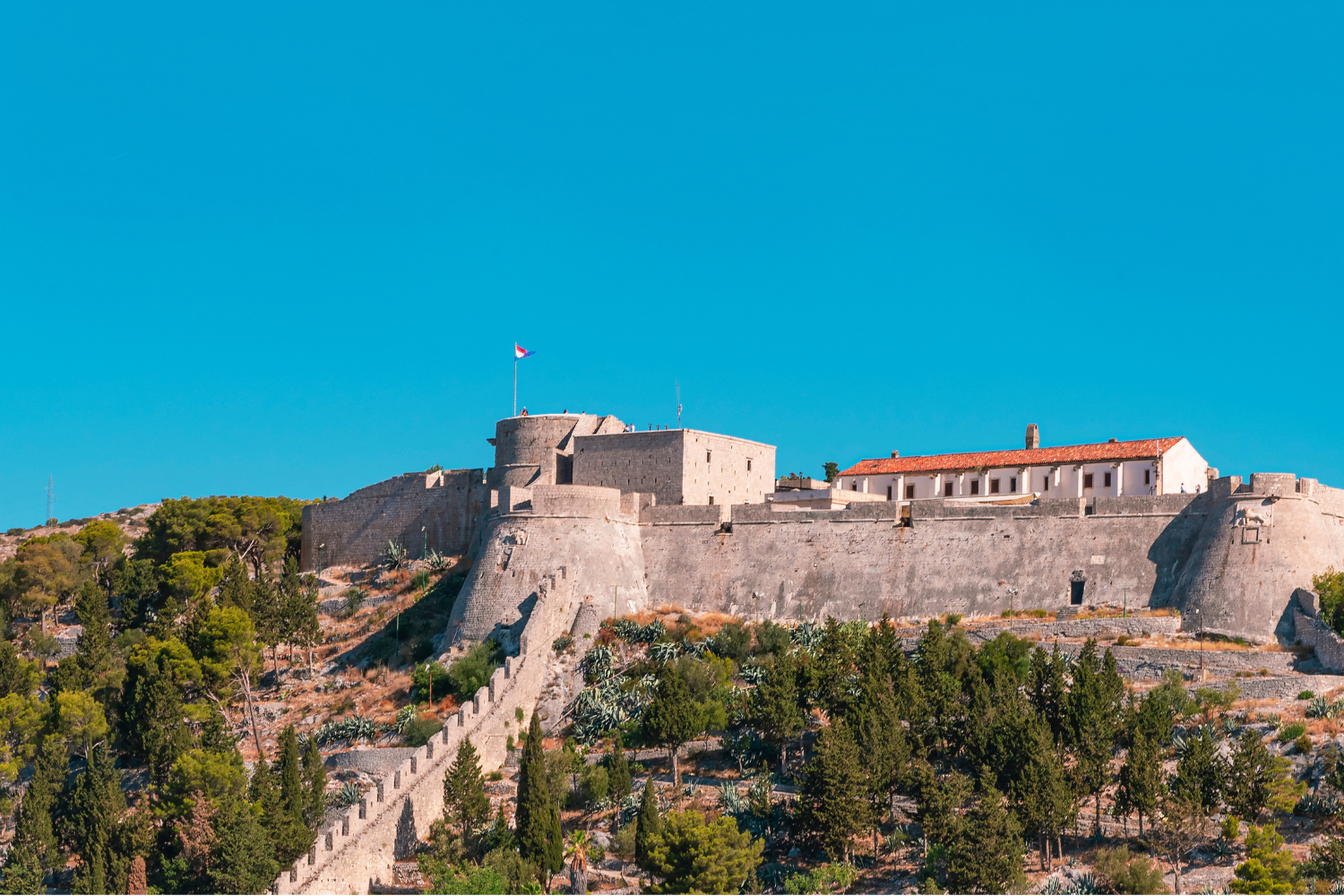
The Hvar Summer Festival
End your day with a world-class performance at the Hvar Summer Festival, an annual cultural event held in the town of Hvar. It takes place from June to September and is known for its rich program of music, theatre, and dance performances.
The festival was first organised in 1961 and has since become one of the most important cultural events in Croatia. It attracts both local and international artists, as well as tourists from all over the world who come to experience the unique atmosphere of the festival.
The program of the Hvar Summer Festival includes classical music concerts, jazz and blues performances, theatre plays, dance shows, and film screenings. The festival takes place in various locations in the town, including historic churches, theatres, and open-air venues.
One of the highlights of the festival is the annual opera production, which is performed in the historic Arsenal building, a former naval shipyard that has been transformed into a cultural centre. The opera performances are known for their high production value and attract audiences from all over the world.
In addition to the cultural program, the Hvar Summer Festival also features a variety of food and wine events, including wine tastings, cooking classes, and gastronomic dinners.
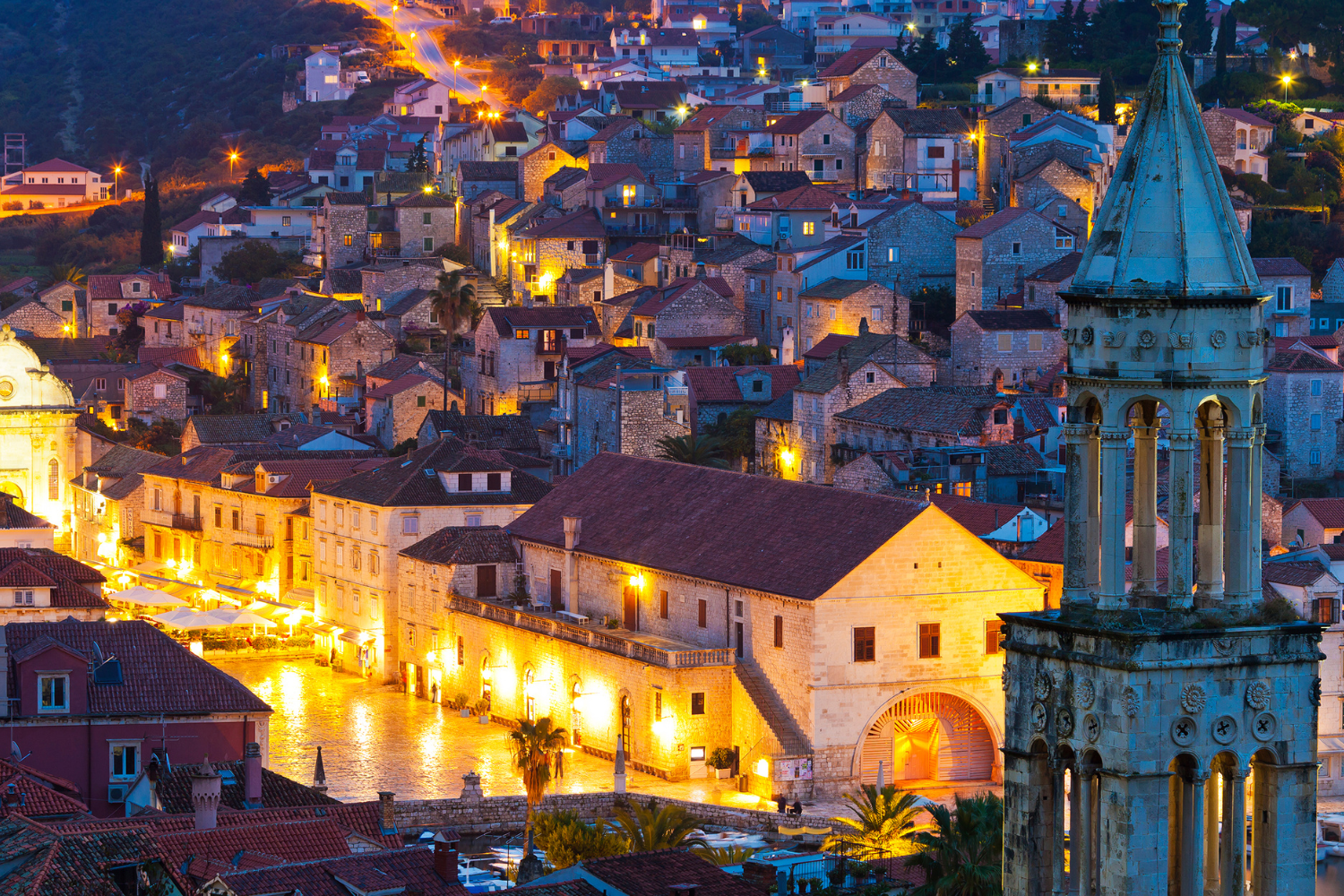
Trending Articles
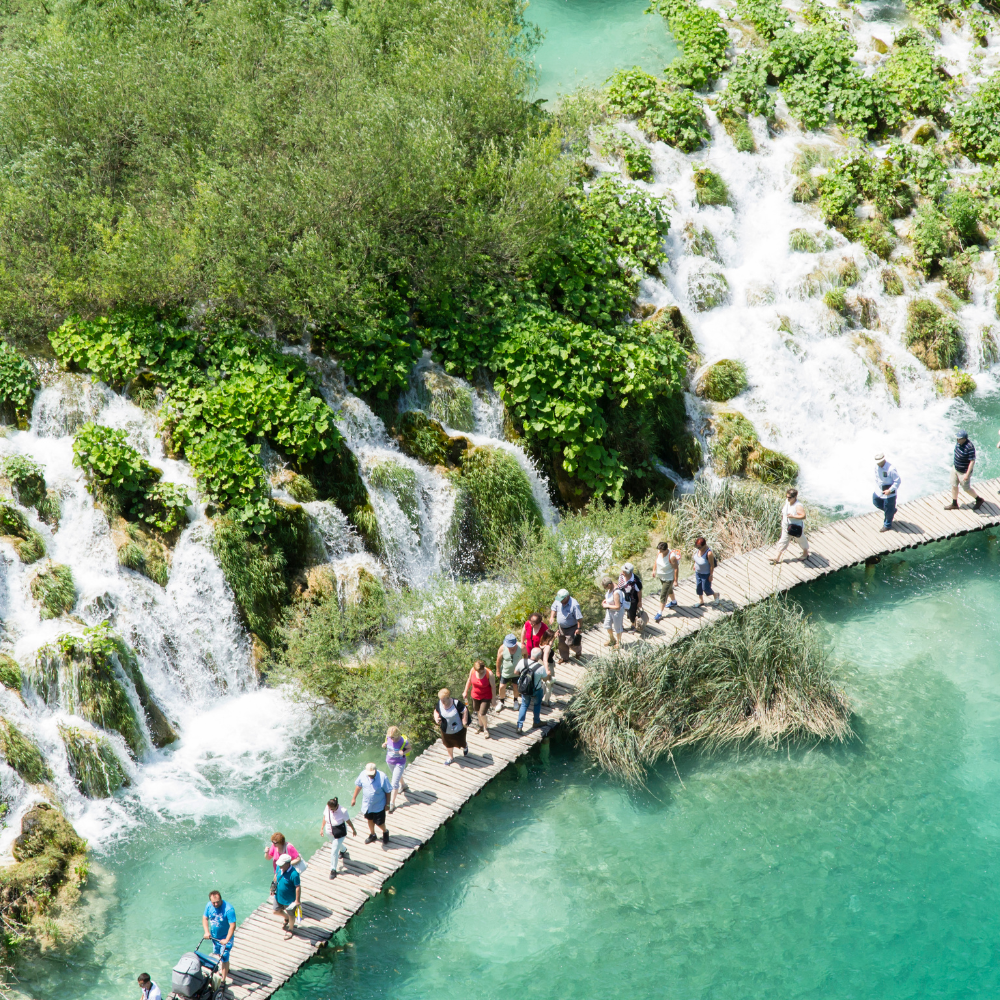
Is Croatia Worth Visiting? Two Most Overrated Destinations
Inspiring Itineraries
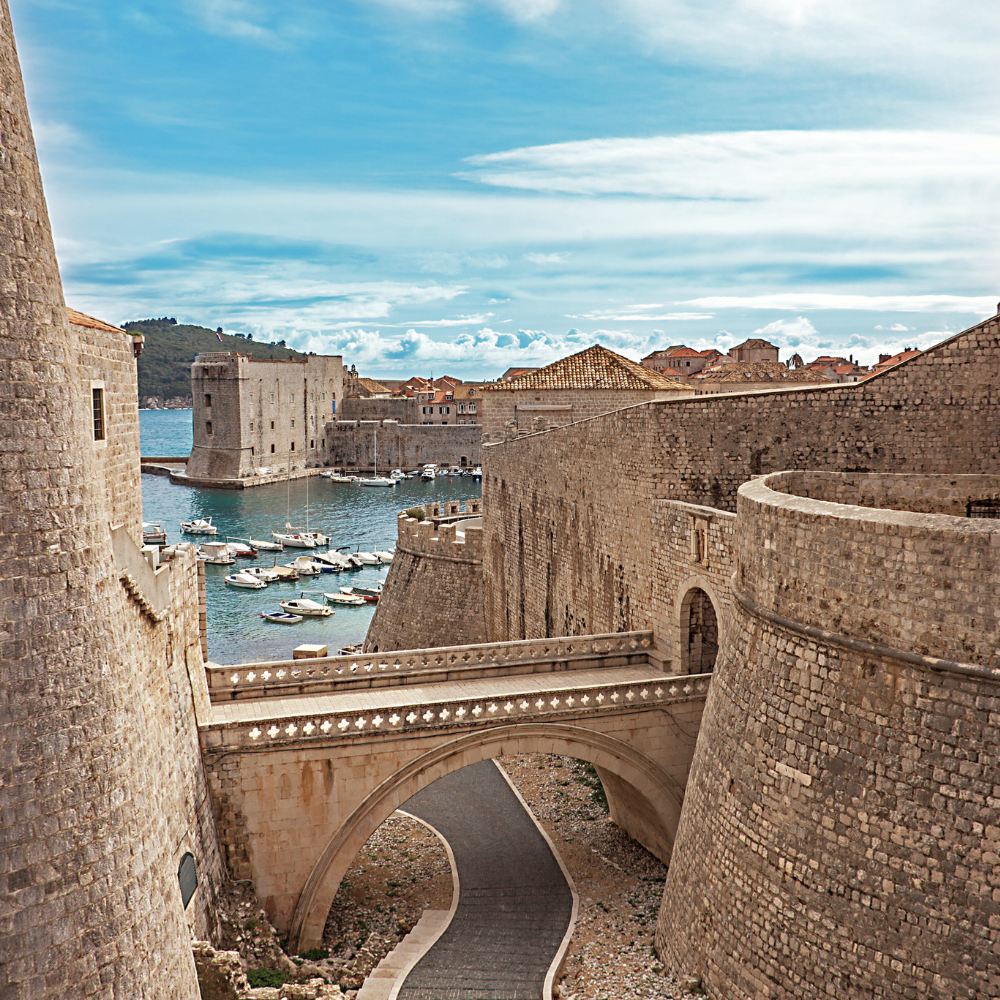
Croatia Vacation: Ultimate Travel Guide 2024
Inspiring Itineraries
Recommended Croatia Travel Articles
Discover MoreJoin The Hvar Away Community
Make sure you are the first to hear about our newest villas on Hvar, keep up to date with the latest island happenings, and win in our exclusive competitions.


